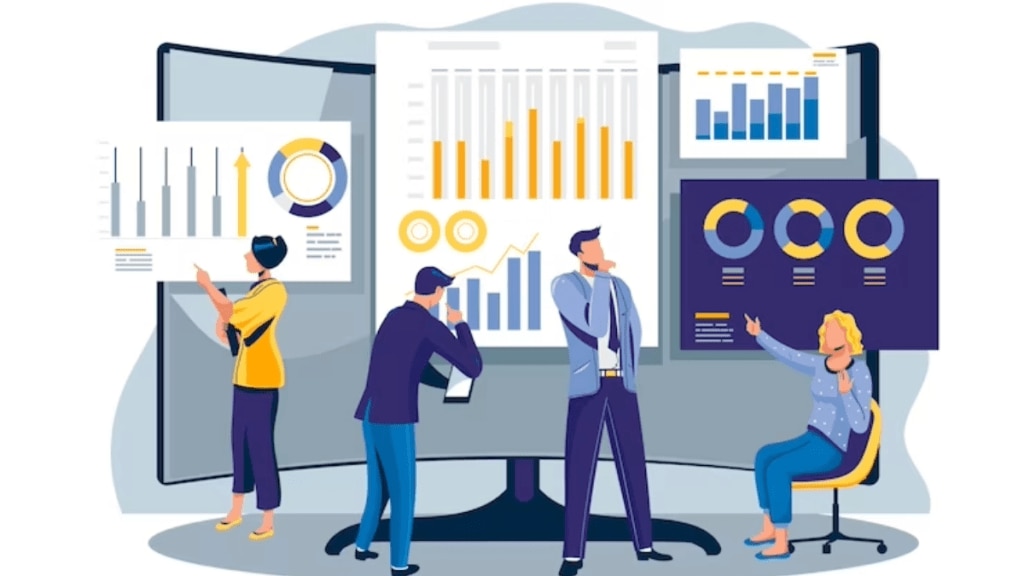By Amitek Sinha
Consumers effortlessly engage with brands across multiple touchpoints in the continuously shifting digital realm, therefore, their consumer journeys are no longer linear and not limited to single channels, platforms, and even devices.
This coupled with the fact that every brand wants to leave no stone unturned to adopt omnichannel distribution, increases the complexities for marketers to correctly assign the attribution to the right channel.
Therefore, the importance of omnichannel attribution has become the need of the hour for any brand looking to scale without burning its marketing and advertising spending. This vital expertise is essential for long-term brand expansion, allowing for accurate conversion attribution and a comprehensive understanding of each channel’s influence.
As the marketplace becomes more complex, brands that can comprehend attribution complexities not only survive but thrive by adjusting strategies to channel synergy and customer behaviours. Thus, mastering omnichannel attribution becomes synonymous with being able to deliver not only incremental but also sustainable growth.
Here is a look at various insights that might help your businesses understand Omnichannel attribution, launching it on a path to greater exposure, engagement, and long-term incremental growth:
Get the basics right. 89% of marketers fail to get it right
To get the basic right is very important. From understanding what Attribution is across the digital and physical ecosystem to understanding various attribution models, from attribution window to source of truths and how analytics vary from platform to platform.
Watch out for attribution traps early on
Any marketer, while analysing the data, sometimes gets into attribution traps, such as taking conversions at face value and many others without even realising the harm that it might cause to the optimisation and scaling of digital campaigns. To avoid such traps, marketers need to have a thorough knowledge of these models to arrive at the growth road map.
When a brand scales and invests in several channels (online Vs vs. offline), devices (desktop, mobile, connected TV etc.), platforms (Google, Meta, Tik-Tok, OTTs etc.) and funnels (prospecting vs. remarketing) for different objectives (awareness vs. conversion), the magnitude and shape of attribution traps change drastically deterring brand’s sustainable business growth.
Advanced analytics and attribution models
Using advanced analytics and different attribution methods is a significant shift from standard last-click attribution. Each business operating in a certain category behaves differently due to various factors. Hence, it is important for you to carefully choose not only your attribution model but also other aspects like the attribution window. Brands can use models like linear and algorithmic attribution to acquire a comprehensive view of how each touchpoint contributes to conversions. This analytical expertise allows firms to distribute credit properly, optimise budget allocation, and improve marketing campaigns. Brands can use these creative ways to unravel the complex web of consumer interactions, gain insights that drive precise decision-making, and advance their growth agenda through a more informed and flexible approach to attribution.
Empowering brand growth through omnichannel attribution!
Mastering omnichannel attribution emerges as the compass leading brands towards long-term growth in the world of modern marketing. Brands learn the art and science of precise attribution by integrating data smoothly, using advanced analytics, implementing cross-channel tracking, and employing AI. With the help of this collection of information, brands are better able to weave the complex web of consumer interactions, create individualised experiences, and refine their strategies. As brands adopt these tactics, they open the door to greater visibility, more intense interaction, and a future characterised by enduring success in a constantly changing digital environment.
To summarise, while the attribution ecosystem is tricky and many marketers fail to get it right, no attribution model is right or wrong. Which attribution model is best suited for your business completely depends on your current business needs and the scale it which you are operating at. For brands to achieve incremental growth, understanding this space and adapting to it will be game-changing in the times to come. As a brand in today’s time, it is vital for any brand to completely understand the nuances of attribution models and know how to dodge such attribution traps.
Pro tip: Simply implementing first-click attribution is not the solution to all major traps. Rather developing deeper data analytics models built with the help of first-click will help your business figure out the right distribution of money and effort. While almost all major traps can be solved with the right knowledge, there are still a few scenarios where digital advertising and analytics are constantly evolving.
The author is the co-founder and COO of ETML

